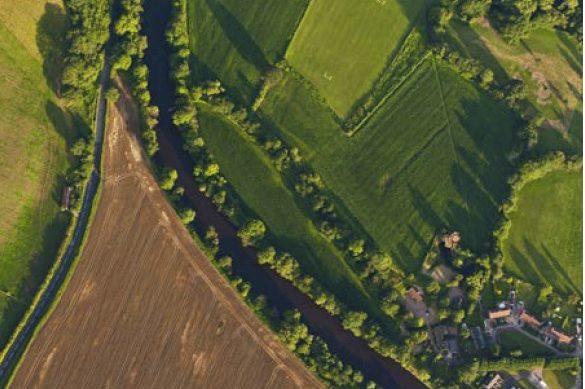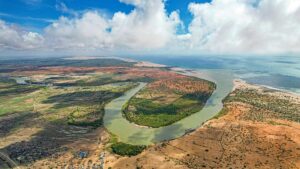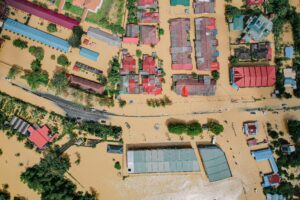How landscapes and water mitigate climate change
Trees, forests and agriculture are key to reducing carbon emissions and assisting countries in adapting to the adverse effects of climate change. In addition, sustainable forest and land management provide essential ecosystem services that regulate both surface and groundwater flows. To achieve the Paris Agreement and meet major water challenges, water wise management and productive multi-functional landscapes are crucial.

Trees, forests and agriculture are key to reducing carbon emissions and assisting countries in adapting to the adverse effects of climate change. In addition, sustainable forest and land management provide essential ecosystem services that regulate both surface and groundwater flows. To achieve the Paris Agreement and meet major water challenges, water wise management and productive multi-functional landscapes are crucial.
Lesson learned
SIWI welcomes the initiative launched at COP23 by the Subsidiary Body for Implementation (SBI) and the Subsidiary Body for Scientific and Technological Advice (SBSTA), to recall Articles 9 and 10 of the Convention and, in accordance with decision 4/CP.23, initiate the Koronivia joint work on agriculture (KJWA). The KJWA takes into consideration the vulnerabilities of agriculture to climate change and the impacts on food security in the context of improved soil carbon, soil health and soil fertility under grassland and cropland as well as integrated systems, including water management.
Improved integration of land and water considerations and understanding of hydrological processes in landscapes can contribute to both climate change mitigation, through reduction of emissions from land use and land use change, and to adaptation by supporting essential ecosystem services that regulate both surface and groundwater flows. However, landscape management is complex, as it encompasses multiple objectives, stakeholders and governance levels. It is context-specific and it is therefore impossible, even undesirable, to present a unique blueprint for water management in the landscape. We recommend combining the different aspects of management of water in the landscape in a flexible, adaptive and integrated manner.
- Sustainable management of water in the landscape can contribute to both climate change mitigation and adaptation, as it can enhance carbon stocks and sinks as well as support adaptation of forest management and agriculture to more extreme climate conditions.
- The forest-water nexus needs to be considered and integrated into both policy and practice and effectively monitored. Simply recognizing the forest-water nexus is not enough and there is a need to improve the ability to design, implement, and learn from landscape approaches that rely on the relationships between forests and water.
- More research and monitoring of forest-water interactions in multi-functional landscapes are required and should be integrated into forest restoration and landscape initiatives.
- Strengthened multi-level governance arrangements that allow for genuine stakeholder participation is a perquisite for sustainable landscape management.
- Scaling up of best management practices and innovative tools can provide practical on-the-ground solutions to sustainable management and monitoring of the forest-water nexus.



